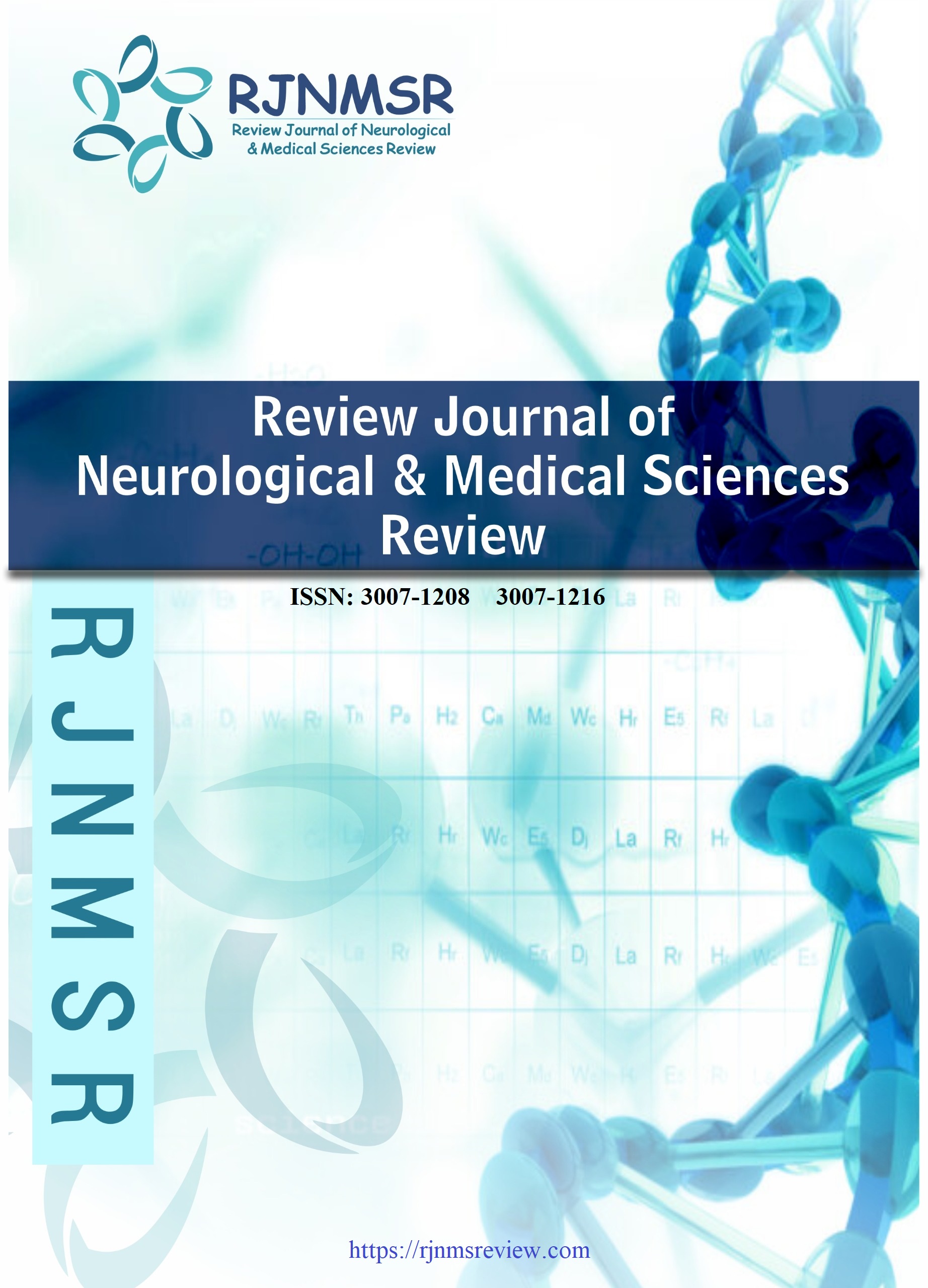Molecular and Clinical Evaluation of Human Adenovirus in Children with Upper Respiratory Tract Infections in Peshawar
DOI:
https://doi.org/10.63075/1sqs1m85Abstract
Upper respiratory tract infections (URTIs) are among the most common illnesses in children and often lead to inappropriate antibiotic use. Human Adenovirus (HAdV) is a significant but underreported viral cause of URTIs, particularly in developing countries such as Pakistan. To determine the prevalence of Human Adenovirus (HAdV) among children with URTI using molecular methods and to analyze associated demographic, clinical, and feeding factors, along with patterns of antibiotic usage. A cross-sectional study was conducted among 93 children presenting with URTI at tertiary care hospitals in Peshawar. Demographic and clinical data were collected using standardized questionnaires. Polymerase Chain Reaction (PCR) testing was used to detect HAdV from throat swabs. Data were analyzed for age, gender, feeding behavior, symptom profile, and antibiotic usage. Out of 93 children, 52 (55.9%) were male and the majority (55.9%) were preschool-aged. Bread-only feeding was the most common dietary practice (39.8%). Common symptoms included runny nose (91.4%), fever (83.9%), and cough (81.7%). Antibiotics were prescribed in 95.7% of URTI cases. PCR detected HAdV in 32.3% (30/93) of children. HAdV positivity was highest among toddlers (50%) and in children consuming bread-based diets (46.7%). Runny nose (100%), cough (80%), and fever (76.7%) were the most frequent symptoms among HAdV-positive patients. All HAdV-positive children received antibiotics despite the viral etiology. HAdV is a significant viral pathogen in pediatric URTI cases in Peshawar, particularly affecting children under five. Over-prescription of antibiotics was observed even in confirmed viral cases, highlighting a critical public health concern. Improved diagnostic surveillance, awareness on rational antibiotic use, and investment in HAdV vaccine development are urgently needed.
Keywords: Human Adenovirus, URTI, PCR, Pediatric Infections, Antibiotic Misuse, Feeding Practices

